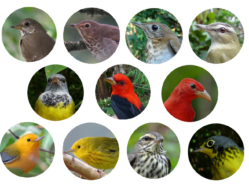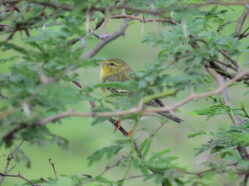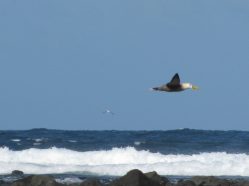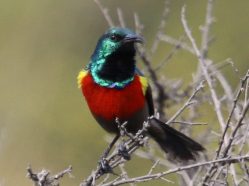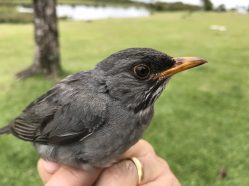Celebrating World Migratory Bird Day in the Americas
By Catherine Lindell, Editor-in-Chief, Ornithological Applications In honor of World Migratory Bird Day in the Americas on 9 October, we draw attention to some of the articles and blog posts about migratory birds that have been published in the AOS journal, Ornithological Applications (formerly, The Condor), the journal Ornitología Neotropical, and on AOS’s Wing Beat …
